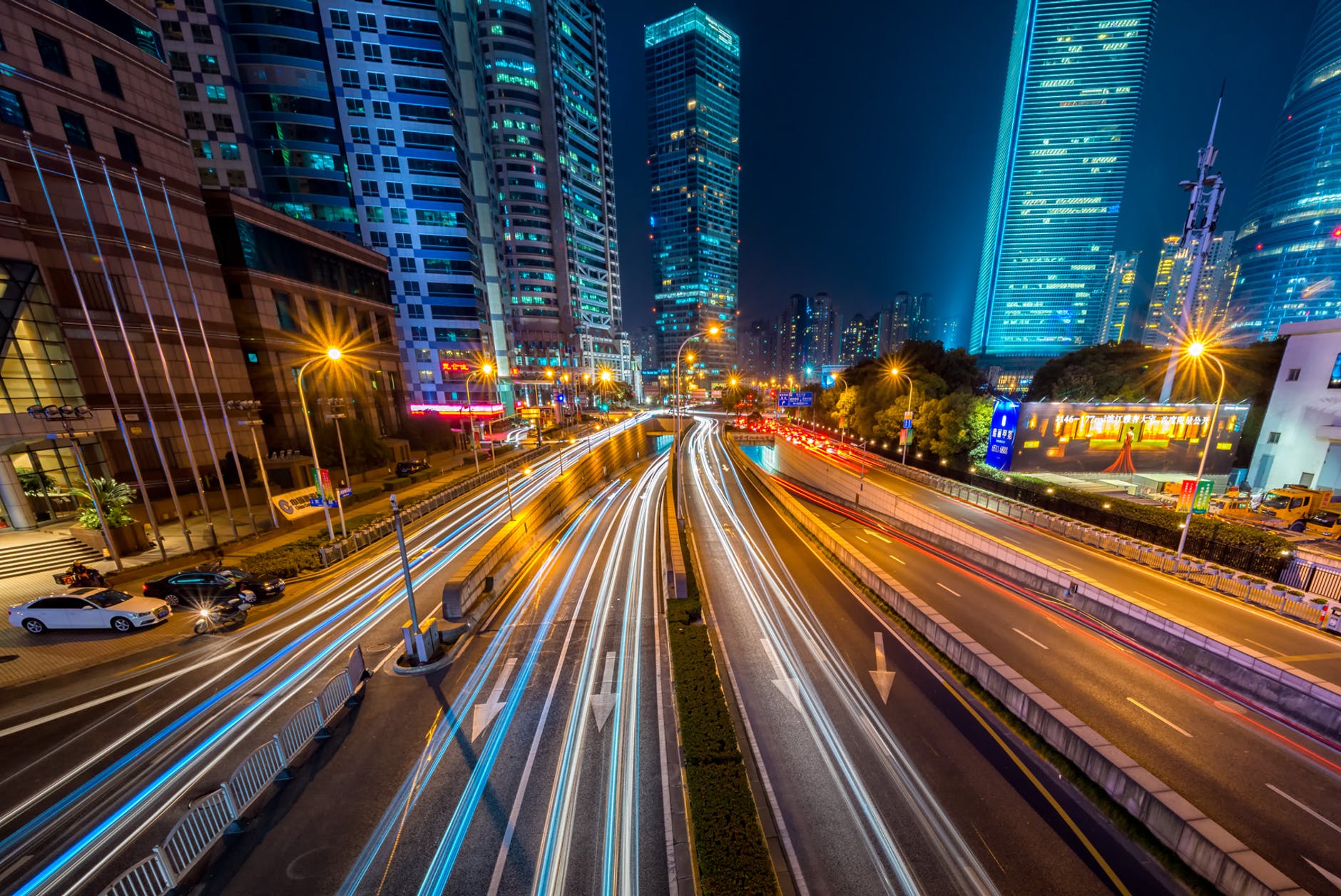‘The purpose of the city is human flourishing’, so wrote Aristotle more than a millennium ago. His words seem prophetic given the exponential growth of cities in recent centuries. Indeed the UN predicts that two thirds of the global population will live in cities by 2050. But what is the future of cities? Are they already a thing of the past as some philosophers suggest? Do they carry in them the seeds of their own destruction or, are they hubs of plurality, transformation and resilience? I recently investigated the 100 Resilient Cities initiative – a global project involving over 150 million dollars of funding by the Rockefeller Foundation. Its goal: to help cities prepare themselves for the future.
The first cities grew up in Mesopotamia, modern day Iraq, around 7500 BC. Although there are differing opinions on how exactly one defines a city, most agree that they initially took the form of dense settlements, often around a stable water source such as a river or natural springs. The benefits of these concentrated settlements included the sharing of ideas and natural resources, large local markets, reduced transport costs and even amenities such as running water and sewage disposal. There were disadvantages too of course – increased living costs, traffic and pollution and higher crime and mortality rates. Not so different from today.
‘A Europe of cities is an alternative to a Europe of fatherlands’ – Ramoneda
Cities have also tended to be centers of political power, seats of statehood. Philosophers have long recognised the importance of cities in the development of societies run by civilians rather than the aristocracy and religious leaders. Today, large urban centers attract a wide variety of people and ideas that make them hubs of plurality and freedom. Catalonian intellectual, Josep Ramoneda, describes cities as ‘spaces of political articulation’ and argues that they might hold the key to a more integrated Europe. He sees ‘a Europe of cities as an alternative to a Europe of fatherlands’. And argues that ‘a city generates much less patriotism than a nation’ while still providing a focus for individual and group identity.
Cities have traditionally been defined in contrast to the country or rural areas. The town vs country trope is common in literature and film. Both positive and negative interpretations abound, particularly with the advent of the Industrial Revolution. In his famous poem, ‘Composed upon Westminster Bridge, 1802’, William Wordsworth celebrates the majesty of the city of London. Its ‘mighty heart lying still’, bathed in the morning light. Socrates himself wrote, ‘I’m a lover of learning and trees and open country won’t teach me anything, whereas men in the city do.’ But as urban sprawl increases and virtual spaces take over from concrete notions of territory, communities are increasingly linked by information highways, rather than streets and squares. What does this mean for our sense of identity as citizens and taxpayers? Research in the US shows, for example, that the sharp decline in community newspapers in the last decade has fractured senses of community.
So what then is the function of a city? This question has been much debated by city leaders, town planners, philosophers and citizens for centuries. Senior Planning Officer at the Ministry of Housing, Communities and Local Government, UK, Ben Hockman, told me about some of the most influential ideas regarding the design and function of a city. The notion of the ‘Garden City’, brainchild of Ebenezer Howard, was inspired in 1898 by a desire to ‘marry town and country’. This involved the creation of self-contained communities surrounded by green belts (a feature we still see today) containing proportionate areas of industry, residence and agriculture.
‘Putting all our stock in Smart Cities is probably not the answer – Hockman.
New Urbanism, which grew up in the United States in the 1980’s, focuses on the creation of ‘walkable’ neighbourhoods. Blocks and streets are therefore pedestrian friendly and housing and shopping are in close proximity to accessible public spaces. The focus is thus on human-scale urban design. Moving further into the future is the concept of the Smart City. By integrating information and communication technology, these urban centres use the Internet of Things to collect data. This is then used to optimally manage relevant assets and resources. As Ben points out however, ‘putting all our stock in Smart cities is probably not the answer’. But he does support the banning of cars and stresses the importance of cities working with and from their strengths, as few can ‘start from scratch’.
With this in mind, I decided to investigate a recent (2013 – 2019) world-wide initiative, funded by the Rockefeller Foundation. The 100 Resilient Cities project places the concept of resilience at the center of their model for cities of the future. Focusing on the key question: how can modern cities be more resilient, it includes exploration of issues ranging from security and community, to transport and sustainability. I spoke with the Hague’s Chief Resilience officer, Anne-Maire Hittipeuw, about how this medium size, Dutch city is responding to the increasingly complex needs of a 21st century city. ‘Cyber attacks, digitization and segregation are all challenges that many cities, including the Hague, face’ she told me.
‘Being part of a large network of cities makes it really easy to exchange ideas’ – Hittipeuw
With this in mind, the Hague city council has developed a range of small projects designed to foster larger ideals. These include, empowering citizens, creating livable, cohesive neighbourhoods and promoting justice. So the Hague Buddies app has been designed to encourage interaction between long-time residents of the city and refugees. Its format is similar to that of a dating app but the intention is to promote friendly interactions between individuals, based on age and interests. The city council also encourages the adoption of solar energy and greening efforts by subsidizing solar panels, green roofs and white spaces for citizens. Co-housing, co-working and co-living spaces in unused buildings is another initiative to promote integration between different age and race groups. There are many more.
As British poet, William Cowper, once wrote, ‘God made the country and man made the town’. The city has been and always will be a space for humanity. But exactly what shape and form that will take, remains to be seen.


